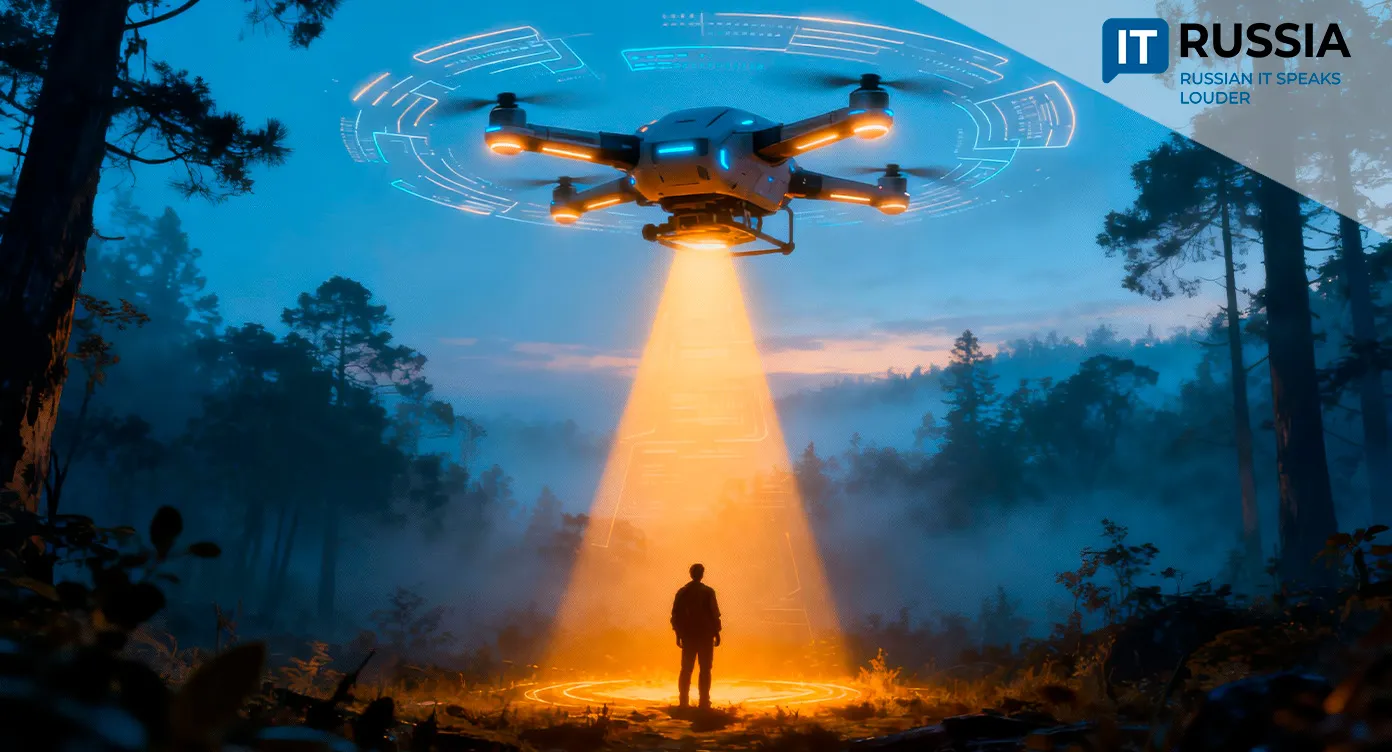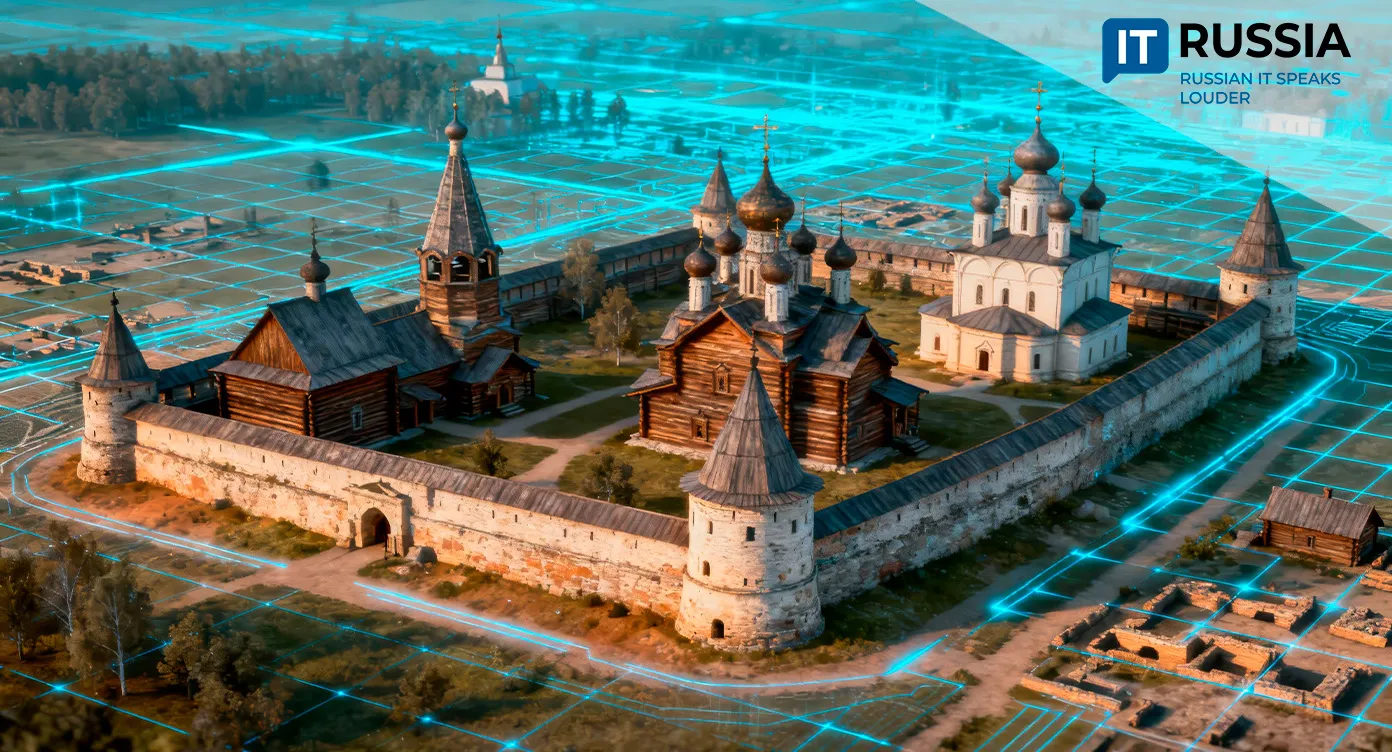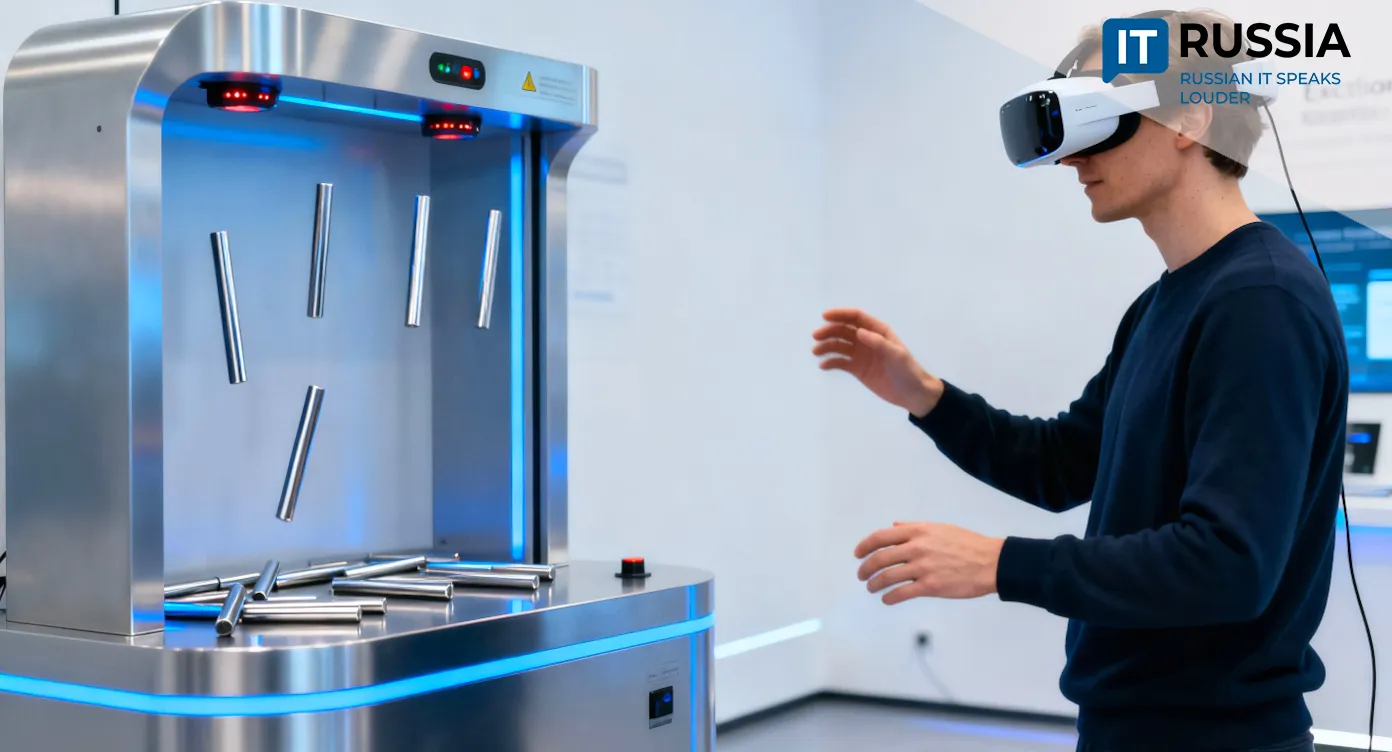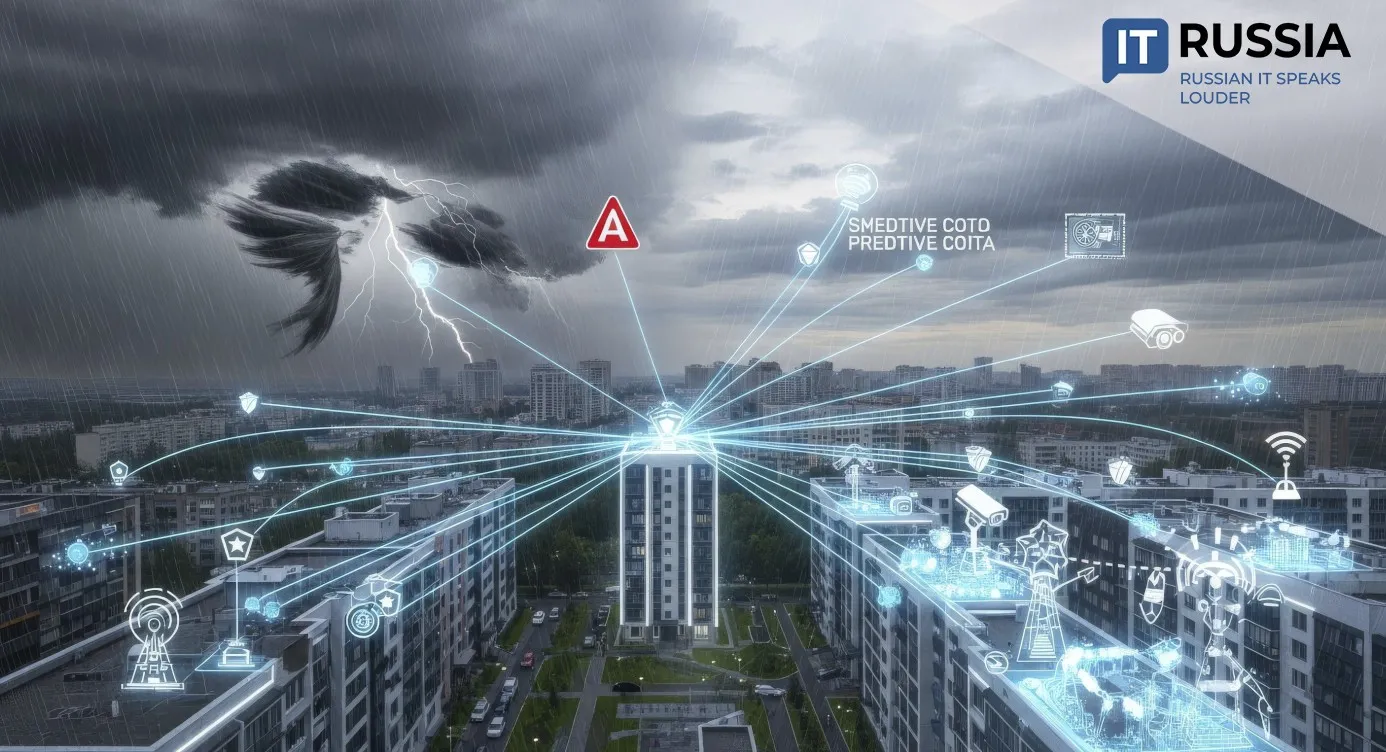The Tersky Coast Through New Eyes: Technology Brings the Past to Life
In Russia’s far north, a VR and AR project is giving new life to forgotten Arctic villages. The Murmansk Regional Museum of Local Lore is using immersive technology to preserve cultural heritage and let people explore places that have long since disappeared.
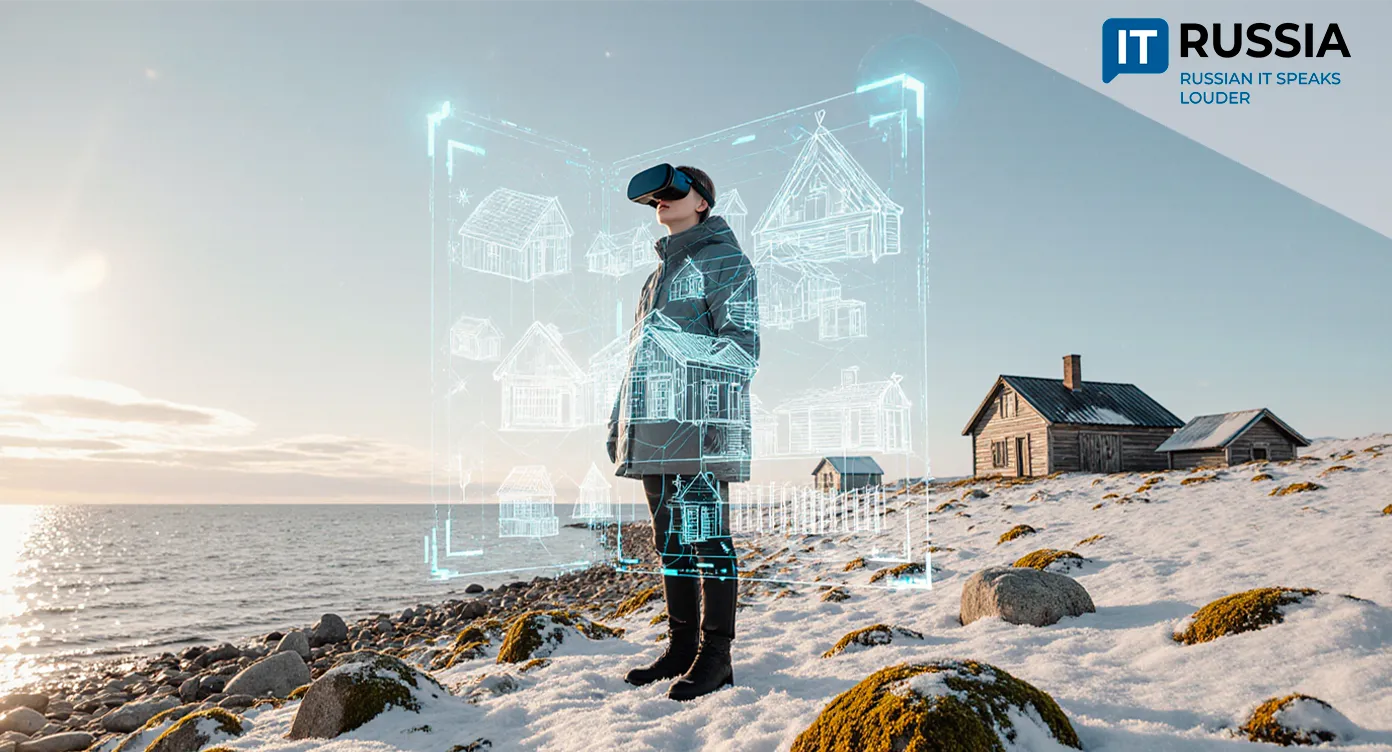
A Virtual Journey Along the White Sea
The narrow stretch of land running along the White Sea coast is known as the Tersky Coast—a region where people have lived since the 10th century. Many of its villages, including Umba, Olenitsa, Kashkarantsy, and Kuzomen, now lie partially abandoned, their wooden houses overgrown by tundra grass and sea wind. Yet their legacy still resonates through history.
To make these remote locations accessible to everyone, the Murmansk Regional Museum of Local Lore has launched an educational project called Forgotten and Abandoned. Beginning in November, visitors will be able to explore an offline exhibition and take a virtual tour enhanced with augmented reality. The project allows users to “walk” through these lost villages online, seeing the Tersky Coast through the lens of both history and technology.
Last summer, museum researchers conducted field expeditions, capturing panoramic footage of the villages where settlers from across the Russian North once gathered. IT specialists then used these materials to digitally reconstruct the settlements, allowing users to explore them in a 3D environment. The result: a high-tech journey that makes the Arctic’s forgotten heritage vivid and accessible.
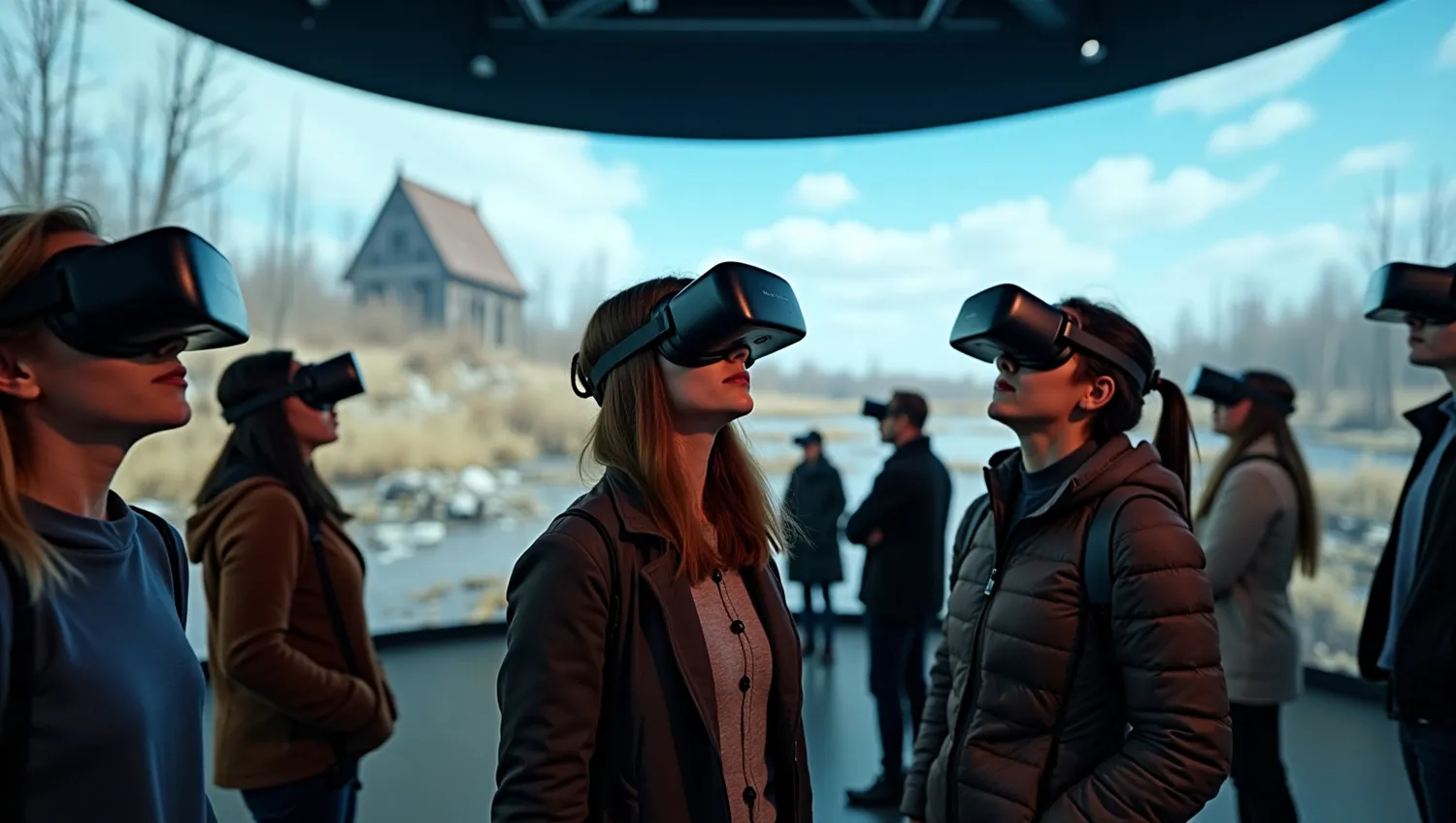
A Jewel of Local Tourism
Museums across Russia are increasingly using augmented reality to restore lost artifacts and create immersive experiences. The Murmansk project follows this trend, blending history and innovation to deepen visitor engagement.
“Only the oldest residents still remember these villages,” museum representatives explained. “All that remains are ruins and overgrown streets. During our expedition, we captured panoramic footage that became the foundation for the VR project. Now visitors can see how the settlements once looked—from a bird’s-eye view.”
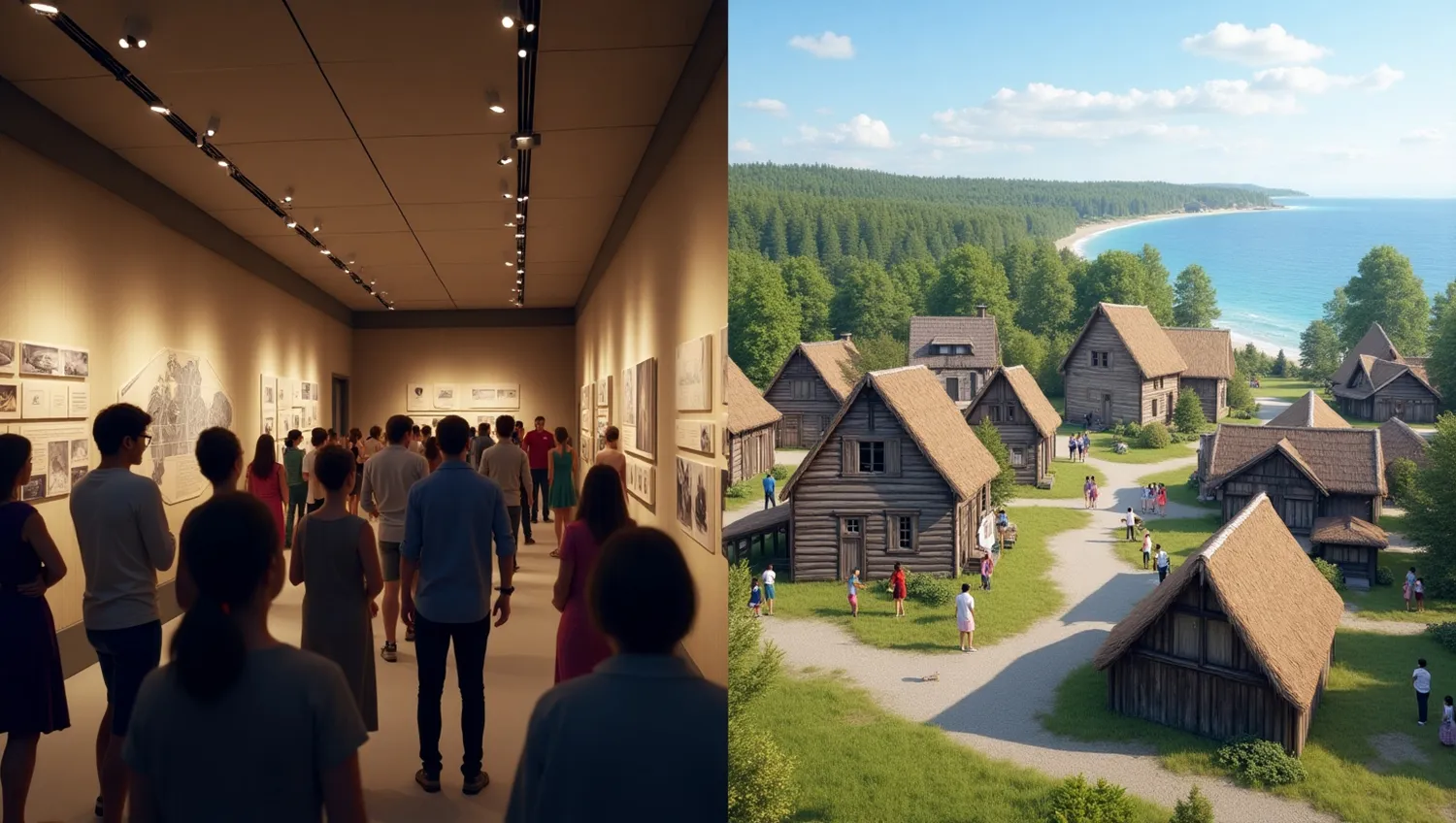
Funded as part of the Museums of the Russian North initiative, the exhibition received a dedicated government grant. The project’s “digital immersion” into the history of the White Sea will soon be integrated into school programs and regional tourism, turning local heritage into an interactive learning experience.
Digital Museums: A Growing Arctic Trend
The Tersky project reflects a wider trend toward “digital museums” in remote areas, where VR and panoramic imaging are helping preserve fragile cultural heritage. These technologies strengthen the museum infrastructure of Russia’s northern regions while showcasing how digital preservation can bridge geography and time.
The museum’s VR initiative will likely become part of its permanent collection, while its technical solutions could be replicated in other parts of Russia—especially in regions like Siberia and the Far East, where settlements face similar challenges of depopulation and decay. Moreover, the project opens the door to international collaborations with Arctic museums abroad, expanding Russia’s cultural presence and global outreach.
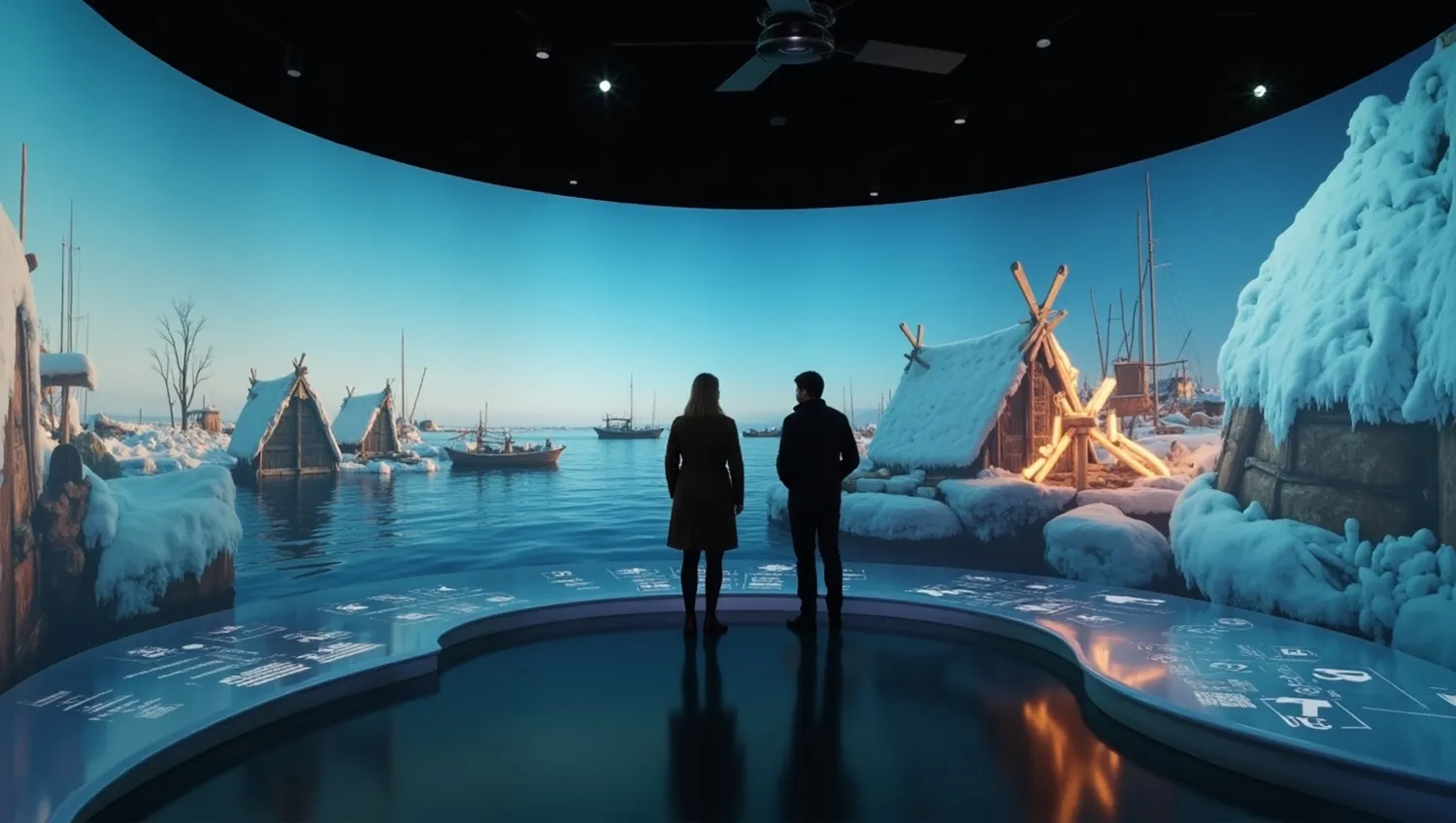
By combining storytelling, technology, and education, Forgotten and Abandoned exemplifies how digital formats can rescue vanishing cultural sites from obscurity. For Russia’s tech sector, this trend also presents new opportunities for developing AR/VR-based tools for conservation, restoration, and digital interactivity within museums.











